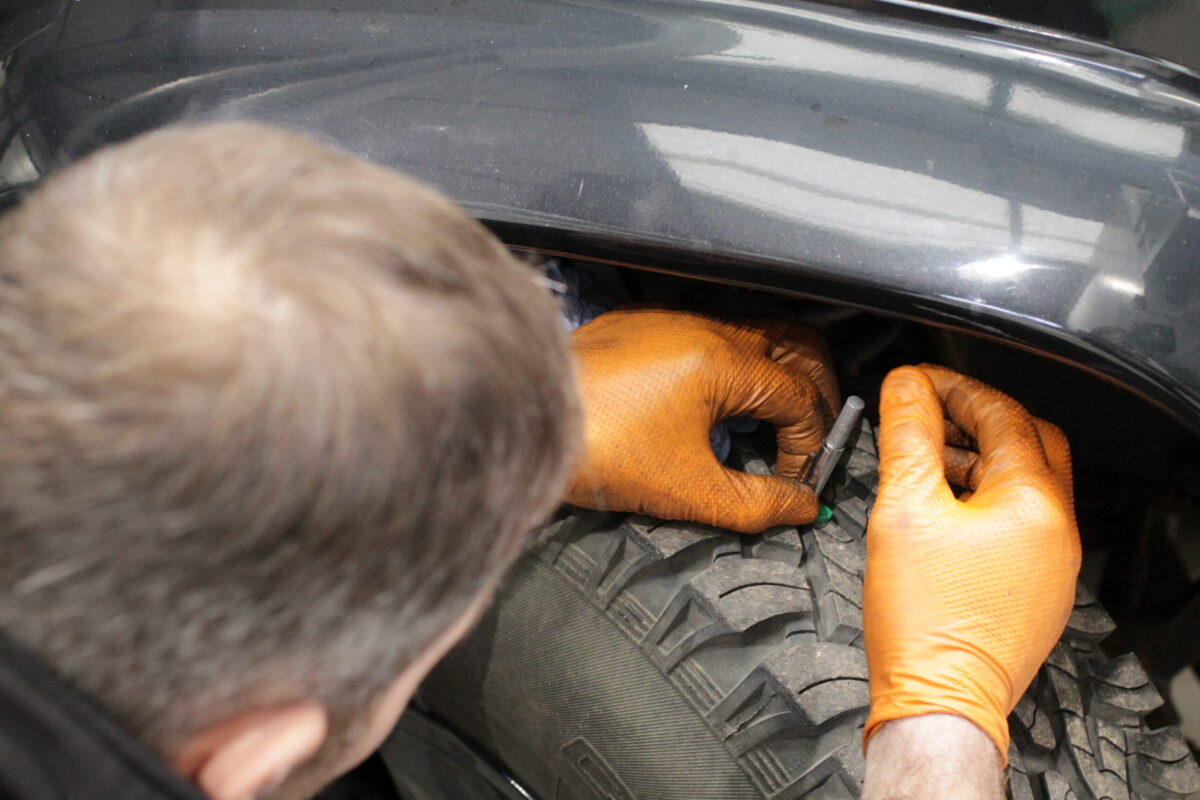

How to check your tyre tread depth
On a cold winter’s morning, it’s all too tempting to hop in your vehicle without inspecting your tyres. But with colder months settling in, taking a few minutes to make some simple checks could keep you and other drivers safer on the road.
In this post, we’ll run you through how to check your tyre tread depth. Plus, we’ll also share some simple spot checks to give you peace of mind your vehicles ready to handle whatever Mother Nature has in store for you.
What is tyre tread?
A tyre tread is the rubber circumference of a tyre which makes contact with the road and other surfaces. Depending on your mileage, average weight of vehicle, and driving style, the tyre tread wears down, limiting its effectiveness in providing traction.
Why does tyre tread depth matter?
We’ve all been in a situation where we’ve had to slam on the brakes. But just think what would happen if your tyres didn’t respond as well as your reactions. Without a legal tread depth, you’re taking a gamble every time you need to slow down or make a sudden stop. That’s where a legal tread depth can be the difference between an easily avoided collision and something far worse.
What is the legal tread depth limit in the UK?
The legal tread depth limit in the UK is a minimum of 1.6mm in the middle three quarters of the tyre. Although your vehicle is technically still legal at this depth, we recommend you change your tyres before it reaches the limit. That way, you’ll improve your traction on the road and overall driving experience (especially in winter).
If you’re driving with tyres under the legal tread limit, you could be fined as much as £2,500 per tyre with three penalty points added to your driving licence.

How can you check if your tyre tread is legal?
Although it’s not a definite indicator, you can check your tyre tread depth using a 20 pence coin placed within various grooves of your tyre. If you can see the inner circle of the coin protruding the depth of your tread, your tyres will probably need replacing.
How long does a tyre tread last?
How long your tyre tread lasts depends on the quality of the tyre, general road conditions, and how well it’s looked after. Generally speaking, your front tyre tread should last around 20,000 miles with your rears lasting up to 40,000 miles.
Even if your annual mileage falls under these guidelines, it’s recommended to have your tyres inspected by a professional at least once a year.
Should you change your tyres during winter?
Although it’s not mandatory to change your tyres for winter in the UK, switching to a softer rubber might give you the extra traction needed – especially if you live in rural areas. For more advice on how to look after your tyres during the colder months, check out our blog post ‘How to look after your tyres during winter (and stay safer on the road)’.
How can you make your tyres last longer?
Whether you opt for budget or premium tyres, the same rules apply to protect their longevity.
Inflation
Under-inflated tyres can put extra strain on your vehicle, causing increased rolling resistance that impacts braking, cornering, and acceleration. To find out the recommended pressure for your tyres, check your vehicle handbook or the sticker usually placed on the inside of your driver’s door.
Balance
If you notice your vehicle starts to wobble as you pick up speed, it’s likely your wheels need rebalancing by a professional. This is a relatively simple procedure which protects your tread from accelerated rubber wear. Learn more about wheel alignment here.
Driving style
Wheel spinning, heavy braking and sharp cornering all take their toll on treads. While you might be saving time driving at speed, you put extra strain on your treads costing more money for tyre replacements later down the line.
Get in touch
If you have any questions about tyre tread depths or want to book your vehicle in for a FREE safety inspection, get in touch today by calling 01273 584987.